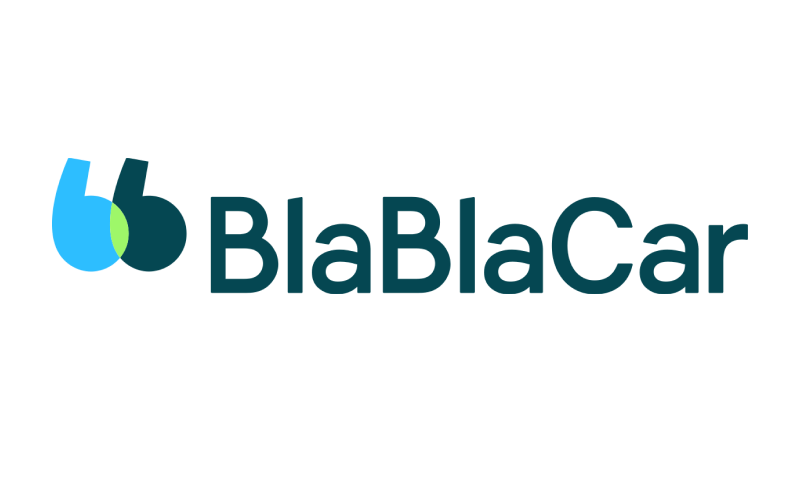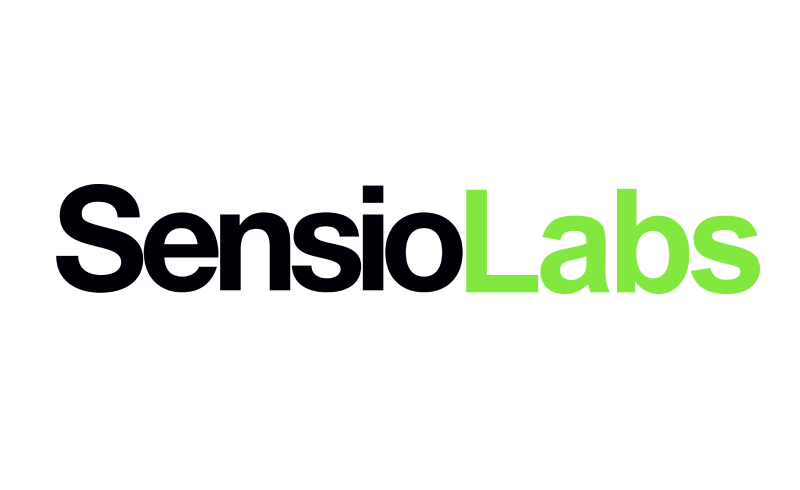Symfony is a full stack framework that has been developed to provide developers with access to a wide array of reusable modules and components to build web applications. This open source framework has created a vast community and ecosystem of developers who have helped establish Symfony as one of the most popular and customizable frameworks.
What is Symfony?
Symfony is a popular, full stack, web application framework that is built on a set of reusable PHP components. The framework is an open-source project that was created with the philosophy of decoupling and reusing generic modules. The framework is highly flexible and can be used for custom development, as well as for packaged software like CMS and eCommerce platforms such as Drupal and Prestashop.
The continually growing Symfony community is a passionate group of developers committed to maintaining the framework’s professionalism, interoperability, and compliance with development standards. They have developed a set of de facto standards for the framework, making it easy for developers to follow and understand. The project stats of Symfony are impressive, with monthly downloads in the millions and a vast number of software components available for use.
How does Symfony work?
Symfony offers developers a set of technical expertise, industry rules, and best practices to follow, resulting in well-structured and scalable web applications. To complement this, the framework provides an array of development tools such as the Web Debug Toolbar and the Web Profiler, which make the development process much easier. Symfony also employs dependency injection, which enables developers to reuse components across projects and makes the long-term maintenance of web applications much simpler.
The wide range of features offered by Symfony are greatly beneficial both at an organization and developer level. Some of the most popular tools provided by Symfony include but are not limited to:
Symfony uses the MVC architecture and the HTTP kernel to execute a request. This HTTP kernel provides a clear process structure for turning a request into a response. The framework further provides developers with a set of reusable PHP components and a development methodology to help build scalable, high-performing, and maintainable web applications.
Why organizations use Symfony
Symfony is one of the most popular PHP frameworks which has developed a large ecosystem and community. This popularity makes Symfony a strong choice of framework as it ensures there is strong documentation and support for developers going forward. Additionally, the large ecosystem means there are multiple libraries containing wide varieties of code which can be used by developers to save time and limit the writing of unnecessary code.
Features of Symfony
Component based
As a component based framework. Symfony was designed to allow developers to choose from a wide array of PHP components and limit unnecessary coding with the use of community libraries.
High performance
As Symfony renders HTML at the server side, it is able to achieve higher speed applications and web pages than frameworks that render at the client side.
Reusable code
Symfony has a vast library that can be used and reused by developers. These codes are created by the SensioLabs team and by additional creators due to the open source nature of the framework.
Standardization and interoperability of applications
This allows coding and developing applications and web pages to be kept as simple and straightforward as possible.
Why Symfony is a popular choice among developers
Symfony is a well-established PHP framework that offers developers stability, flexibility, scalability, interoperability, and comprehensive documentation. Its longevity has made it a reliable choice for development projects, and its use of MVC components allows for flexibility in the development process.
Well established | Symfony is a long standing framework which has been used by countless developers over the years. The market experience provides developers with a stable and reliable framework. |
Flexibility | The use of MVC components allows for more creative flexibility in the development process. |
Testing | LIIP Functional Test Bundle is Symfony’s built in test function. This is designed to make testing applications and web pages seamless throughout the entire development process. |
Scalability | Symfony gives developers the ability to modify or change the application without the need for complete reconfiguration. The ability to gradually add or remove functions and components means Symfony can be used to applications of all sizes, while allowing for continual growth. |
Interoperability | Symfony was deliberately built with interoperability in mind. This has been placed at the core of the framework |
Documentation | Symfony offers a large assortment of documentation that can be beneficial for teams of all sizes and experience levels. |
The trade-offs of Symfony framework
The Symfony framework offers a wide range of benefits, but it also has certain drawbacks, such as a steep learning curve, a longer development process, and frequent updates that can increase complexity.
Difficult to learn
Many new developers find Symfony to have a steep learning curve. However, developers with existing knowledge of PHP will find Symfony easier to pick up.
Time to launch
When compared to similar frameworks, the development process of Symfony applications often takes longer.
Frequency of updates
Over the past few years, Symfony has received a large amount of updates. While this increases the number of features available to developers, it can make the entire process more complex, as applications need to be migrated throughout versions and development teams need to continually increase their understanding of the framework to best utilize the new features.
Who uses Symfony?
According to Enlyft, Symfony is used by over 45,000 companies world wide. These companies are mostly small businesses with an annual revenue of $1-10 million. Symfony controls approximately 1.2% of the market share for software frameworks.
The Symfony website states that the framework is used by over 600,000 developers in more than 120 countries. There have been in excess of 608,000,000 total component downloads from the libraries. These components are developed both by SensioLabs and the additional 3,000+ contributors in the community.
Some specific examples of organizations that use Symfony are:

BlaBlaCar, a French ride-sharing company, uses Symfony to power its website and mobile app. Symfony’s flexibility and scalability make it an ideal choice, which has grown rapidly in recent years and needs a framework that can keep up with its expanding user base.

ASOS The UK-based online retailer uses Symfony to power its eCommerce platform. With over 18 million active customers worldwide and a vast product catalog, ASOS needs a framework that can handle complex web applications and support multiple databases, making Symfony a good fit for its needs.

SensioLabs, the company that develops Symfony, uses the framework extensively in its own web development consulting work. As an expert in Symfony, SensioLabs is well-positioned to offer its clients high-quality web development services using the framework.

